Tag Archives: fiber optic technology
Basic Knowledge of OLT, ONU, ONT And ODN
The post titled "Basic Knowledge of OLT, ONU, ONT And ODN" delves into the essential components of fiber optic networks. It explains that Optical Line Terminal (OLT) is a crucial device located at the service provider's central office, responsible for managing data traffic over the fiber network. Optical Network Unit (ONU) and Optical Network Terminal (ONT) are devices at the customer's premises that convert optical signals back to electrical signals. The Optical Distribution Network (ODN) encompasses the optical fibers and splitters that connect the OLT to multiple ONUs/ONTs.
Pivotal features highlighted include the high-speed data transmission capabilities and the efficiency of fiber optic networks in handling large bandwidths effortlessly. Advantages emphasize enhanced internet speeds, long-distance data transmission without significant loss, and reliable connectivity. Distinctive qualities focus on the minimal interference and high security inherent to fiber optics, making it an optimal choice for modern telecommunication needs.
In summary, the post underscores the integral roles of OLT, ONU, ONT, and ODN within fiber optic systems, showcasing their collective contribution to robust, high-speed, and reliable internet connectivity.
How does FTTH Work and Deploy Through Optical Fiber ?
The post "How does FTTH Work and Deploy Through Optical Fiber?" provides a comprehensive overview of Fiber to the Home (FTTH) technology, exploring its deployment via optical fiber networks. It highlights the pivotal role of fiber optics in offering high-speed, reliable internet connectivity directly to residential and commercial properties. Key features include unprecedented bandwidth capabilities, low latency, and enhanced security compared to traditional copper or wireless solutions. The post also underscores FTTH's advantages, such as improved user experience with seamless streaming and faster downloads, future-proof scalability, and reduced maintenance costs. Its distinctive qualities position FTTH as a superior, long-term solution for modern internet needs, setting a robust foundation for smart homes and advanced digital services.
Fiber Optic Cable Termination Wiki and Tutorial
The "Fiber Optic Cable Termination Wiki and Tutorial" post is a comprehensive guide designed for both beginners and professionals aiming to master the art of fiber optic cable termination. This essential resource delves into pivotal features such as the different types of fiber optic connectors, the requisite tools and equipment, and step-by-step procedures for precise and efficient termination. It highlights key advantages, including enhanced data transmission speed and reliability, minimal signal loss, and increased durability of connections. The post stands out by combining in-depth technical insights with practical tutorials, ensuring a thorough understanding and seamless application of fiber optic cable termination techniques. Whether you're upgrading network infrastructure or engaging in advanced telecommunications projects, this tutorial offers invaluable knowledge and hands-on skills to optimize performance and reliability.
What’s The Difference of ODF, Fiber Termination Box, Fiber Distribution Box?
The post titled "What's The Difference of ODF, Fiber Termination Box, Fiber Distribution Box?" succinctly explains the distinctions and unique characteristics of three key components in fiber optic networks: the Optical Distribution Frame (ODF), Fiber Termination Box, and Fiber Distribution Box. The ODF is highlighted for its central role in organizing and safeguarding fiber connections and facilitating efficient management and scaling of complex networks. The Fiber Termination Box, noted for its smaller size, is tailored for terminating fiber optic cables in limited spaces, offering simplicity and ease of installation. Conversely, the Fiber Distribution Box is designed for robust outdoor or indoor use, distributing fiber connections to multiple endpoints. Each device's pivotal features and advantages are succinctly outlined, providing valuable insights for network professionals aiming to optimize their fiber optic infrastructure.
Explaination of Single Mode and Multimode Fiber Cable
The post titled "Explanation of Single Mode and Multimode Fiber Cable" elucidates the fundamental differences between these two types of fiber optic cables. Single Mode Fiber offers high bandwidth and is ideal for long-distance communication, thanks to its narrow core that minimizes signal loss and dispersion. In contrast, Multimode Fiber, with its wider core, is best suited for shorter distances and is cost-effective for local networks. The post highlights that Single Mode is preferable for telecommunications and data centers needing high speed over vast distances, while Multimode is advantageous for enterprise settings given its simpler installation and lower costs. This comprehensive analysis aids readers in choosing the right fiber cable based on their specific communication needs.
What is Fiber Optic Patch Cord?
The post "What is Fiber Optic Patch Cord?" delves into the essential features and benefits of fiber optic patch cords. These cables, crafted from high-quality optical fibers, serve as critical links in telecommunications and network infrastructures, ensuring seamless data transmission with minimal signal loss and interference. The post highlights their key advantages, such as high bandwidth capacity, speed, and reliability, compared to traditional cables. Additionally, their flexibility, durability, and ease of installation make them a distinctive choice for a range of applications, from data centers to residential networks. Fiber optic patch cords are presented as indispensable components for optimizing network performance and infrastructure efficiency.
Ideal Solution For FTTX Network- Fiber Termination Box
The post titled "Ideal Solution For FTTX Network- Fiber Termination Box" highlights the crucial role of fiber termination boxes in optimizing FTTX network performance. These boxes are pivotal for safeguarding fiber connections, improving signal integrity, and ensuring efficient data transmission. Key features include robust construction for durability, user-friendly design for easy installation and maintenance, and high-capacity capability to manage multiple connections. The advantages are manifold: they enhance network reliability, mitigate downtime, and support future scalability. Distinctively, these boxes are lauded for their adaptability to various environments and compliance with industry standards, making them an indispensable component in modern FTTX infrastructure.
The Advantage of LC Duplex Fiber Connector In High-density Cabling
In the post "The Advantage of LC Duplex Fiber Connector In High-density Cabling," the author highlights the pivotal features and benefits of using LC duplex fiber connectors in high-density network environments. The post underscores the connector's compact design, which is approximately half the size of traditional SC connectors, making it an ideal choice for space-constrained data centers and telecommunication rooms.
Key advantages include the LC duplex connector's push-pull mechanism for easy insertion and extraction, which simplifies installation and maintenance. Its high precision and reliable performance enhance signal quality and reduce data loss. Additionally, the LC connector supports high data transfer rates, making it a preferred option for modern, high-speed network infrastructures.
A distinctive quality of the LC duplex fiber connector is its ability to double the port density due to its small form factor, enabling more connections in a limited space without compromising efficiency. This scalability makes it an essential component in optimizing network performance and future-proofing high-density cabling systems.
Through this comprehensive review, the post effectively demonstrates why the LC duplex fiber connector is a cornerstone in advanced networking solutions, offering unmatched efficiency and reliability in high-density cabling applications.
Fiber Optical Module Trency In 5G Era
The post "Fiber Optical Module Trends in the 5G Era" delves into the transformative role of fiber optical modules in the burgeoning 5G landscape. It highlights the pivotal features of these modules, emphasizing their ability to deliver ultra-high-speed internet connectivity, minimal latency, and enhanced bandwidth capacity. The post underscores the advantages these modules bring, such as improved network reliability and energy efficiency, which are crucial for supporting advanced applications like IoT, autonomous vehicles, and smart cities. Distinctive qualities of fiber optical modules, including their scalability and compatibility with existing infrastructure, make them indispensable for achieving the full potential of 5G technology.
What’s Difference? Single Mode and Multimode Fiber Patch Cord
The post "What's the Difference? Single Mode and Multimode Fiber Patch Cord" elucidates the critical distinctions between single mode and multimode fiber patch cords, essential for informed decision-making in networking. Single mode fibers, with a smaller core, are ideal for long-distance data transmission due to their minimal signal loss and higher bandwidth. Conversely, multimode fibers boast a larger core, facilitating high-speed data transfer over shorter distances, making them cost-effective for intra-building connections. The article highlights pivotal features such as core size, data transfer range, and cost implications, while emphasizing the practical advantages and distinctive qualities that make each type suitable for specific network requirements. This comprehensive guide ensures readers can choose the right fiber patch cord to optimize their network infrastructure.
Fiber Optic Patch Panel Use Guide
The "Fiber Optic Patch Panel Use Guide" is an essential read for anyone involved in managing network infrastructure. This comprehensive guide explores the pivotal features and advantages of fiber optic patch panels, highlighting their crucial role in organizing and protecting fiber optic cables. The guide delves into the ease of installation, maintenance, and scalability offered by these panels, contributing to enhanced network performance and reliability. Furthermore, it underscores the distinctive qualities such as high density for space efficiency, modular design for flexible configurations, and superior cable management to minimize signal loss and downtime. Whether for a small office or a large data center, this guide equips readers with the knowledge to maximize their network's potential through effective use of fiber optic patch panels.
What Is Fiber Optic Pigtail?
The post "What Is Fiber Optic Pigtail?" offers an illuminating overview of fiber optic pigtails, underscoring their crucial role in optical network setups. These devices are short, single strands of optical fiber with a connector on one end, designed to be spliced onto a fiber cable, providing a hassle-free and efficient termination point. The post highlights their primary features, including ease of installation and enhanced performance reliability. Fiber optic pigtails are praised for their ability to minimize signal loss and ensure high-speed data transmission, making them indispensable in telecommunications and data centers. Their distinct advantage lies in their precision, adaptability, and contribution to streamlined, high-capacity network infrastructures.

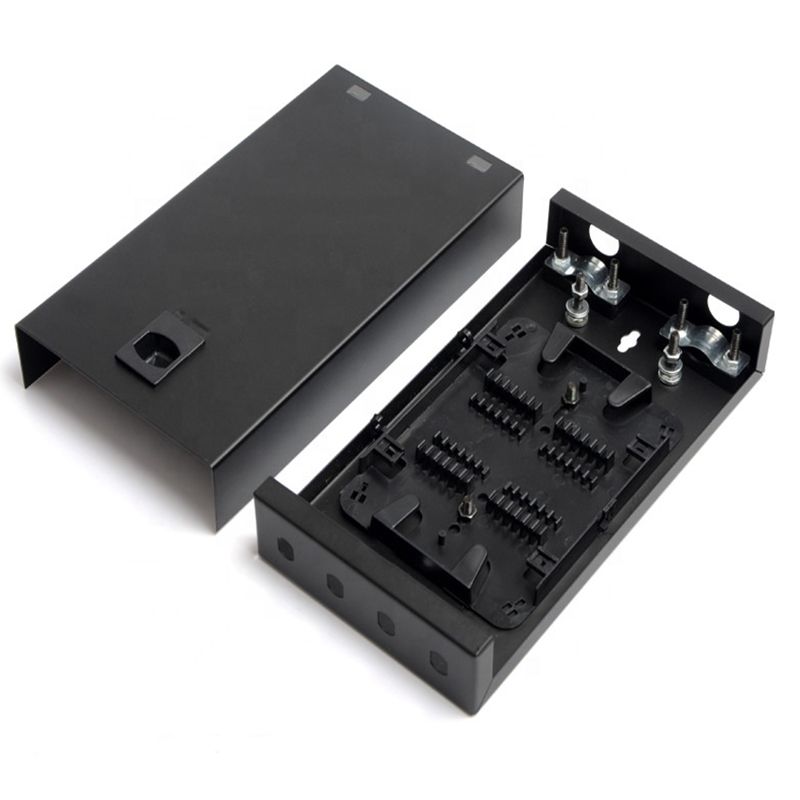
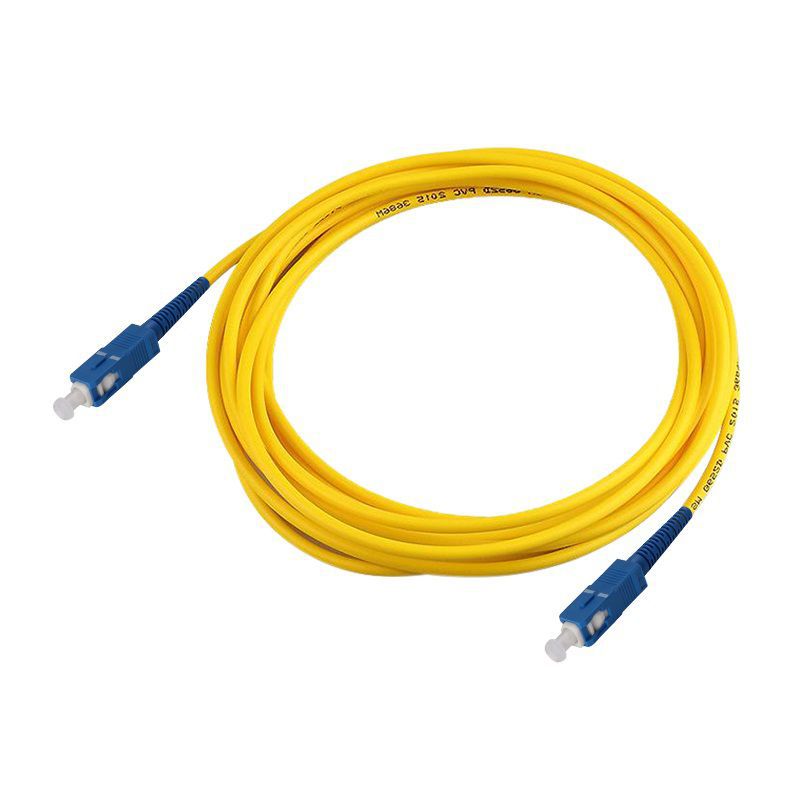
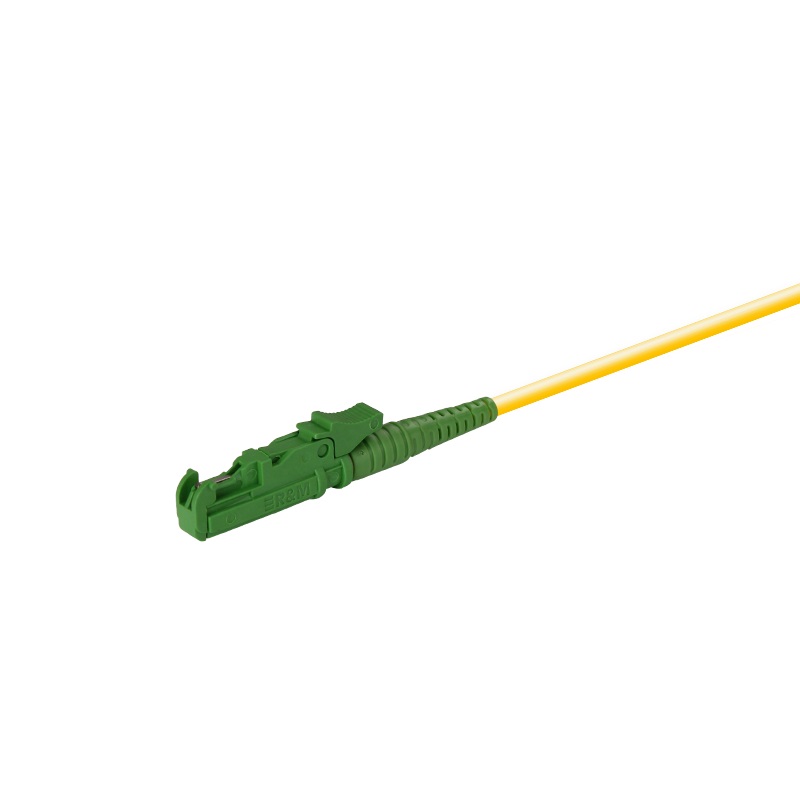
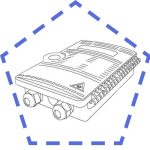 Fiber Optic Termination Boxes
Fiber Optic Termination Boxes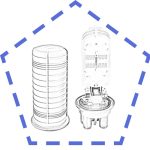 Fiber Optic Splice Enclosures
Fiber Optic Splice Enclosures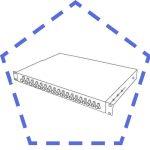 Fiber Patch Panels
Fiber Patch Panels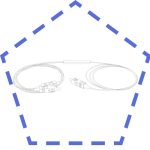 PLC Splitters
PLC Splitters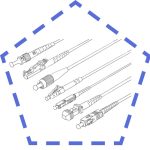 Fiber Optic Pigtails
Fiber Optic Pigtails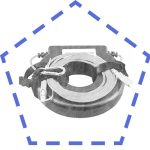 OTDR Launch Cables
OTDR Launch Cables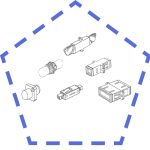 Fiber Optic Adapters
Fiber Optic Adapters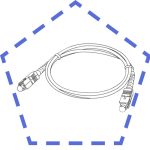 Fiber Optic Patch Cords
Fiber Optic Patch Cords